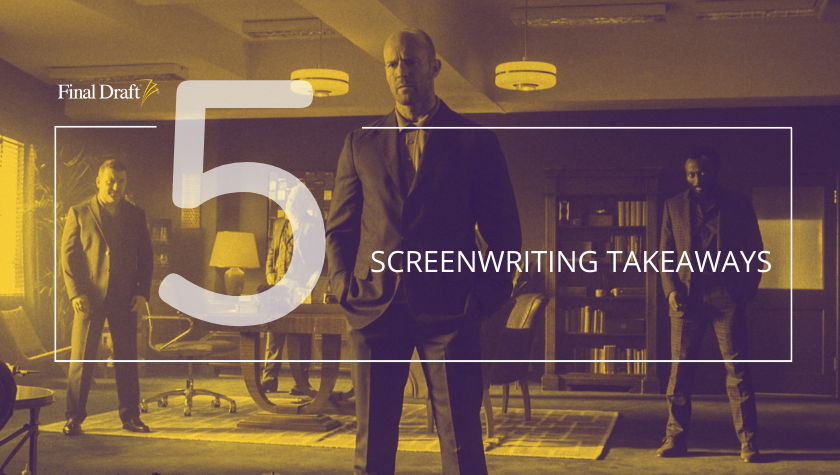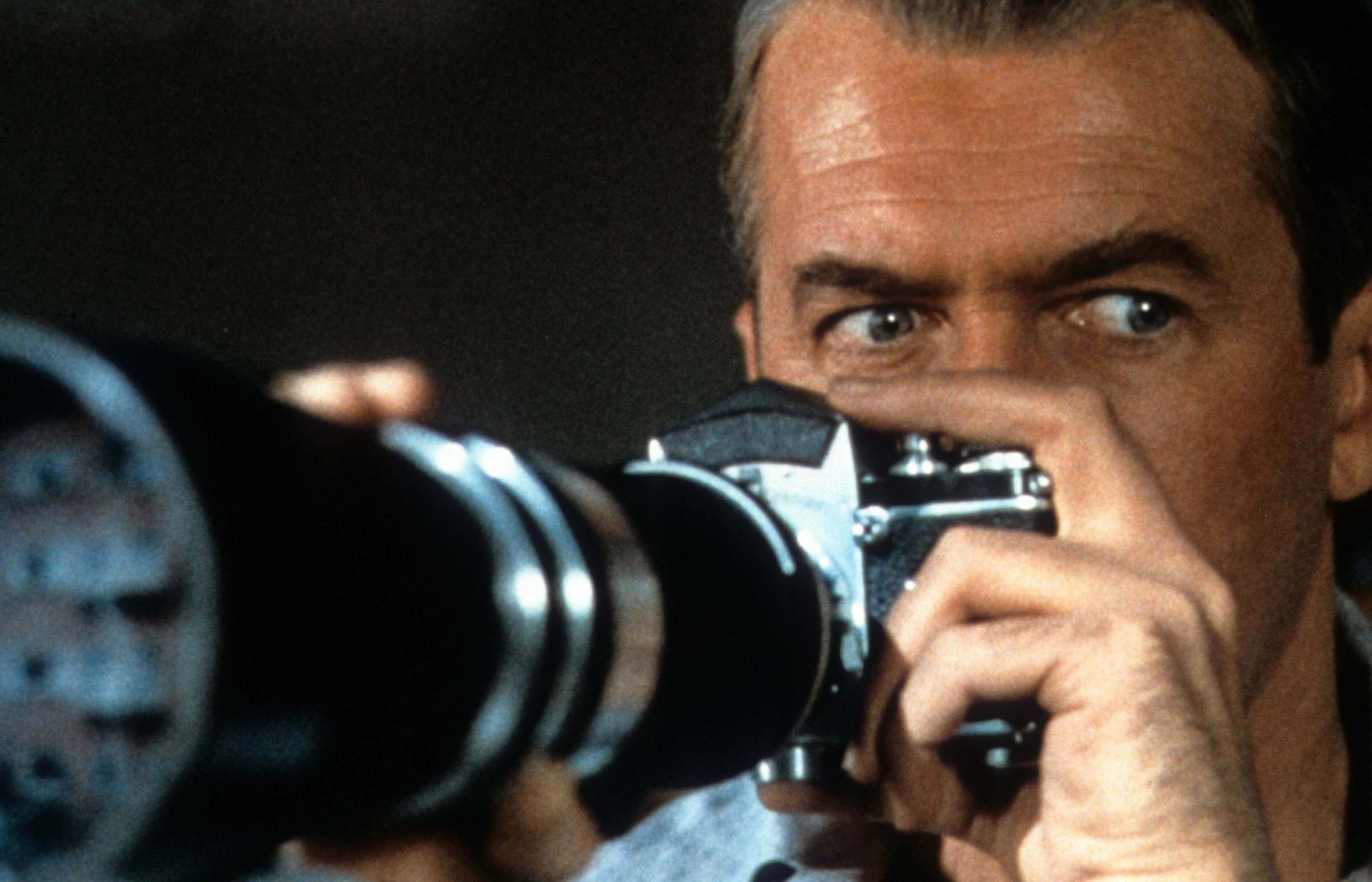5 Tips to Writing a Great Opening
September 7, 2022
In my article 5 Clichés to Avoid in the Opening of Your Script, I stressed the importance of grabbing industry professionals in the first couple pages of your spec script. Whether it’s a feature screenplay or a television pilot, most managers, agents and producers will make their decision to keep reading based on the opening. These are busy people who are constantly being bombarded with scripts and they simply don’t have the time to see where you might be taking things. If you don’t grab them right away, they’ll most likely stop reading and move to the next script. Even produced films and television series place a lot of emphasis on grabbing the viewer’s attention and compelling them to keep watching (this is why TV shows have teasers/cold openings).
Below are 5 tips to writing a great opening for your script:
Hit the Ground Running
Perhaps the most effective opening is one that hits the ground running. This is especially the case with an action/adventure script. If you’re writing in this genre, you should definitely consider opening with an action set piece. Perhaps the template for this approach are the James Bond films. Over the decades, Bond openings have become such an important part of the films, they keep increasing in length and scope. The most recent Bond film, Never Say Die, has a pre-credit sequence that’s a whopping 23 minutes and 45 seconds in length (and manages to encompass all five of my opening tips). The Indiana Jones, Mission: Impossible, and Fast and Furious films all took a clear cue from the Bond films and likewise open with action set pieces.
Even if you’re writing a more grounded crime drama, an opening set piece might still be the way to go. The openings of Thief and Drive are both high-adrenaline set pieces in which the respective protagonists pull off a big heist in spectacular fashion.
If we’re dropped into a lived-in world in which the protagonist is in the throes of an exciting situation, the reader is already sharing a journey with them and is more likely to keep reading.
Establish the Threat
Generally speaking, the higher the stakes in the script, the more you have to set up those stakes in the opening. If this is going to be a story with “life or death” stakes, it’s best to establish this out of the gate. Think of classic thrillers like Jaws or the original Halloween: both openings are shocking set pieces in which a character is attacked on screen, and by doing so, it’s made clear what the other characters have in store for them. The opening of the original Scream employs a similar technique, but slyly stretches it out, starting off with a character having a seemingly innocuous phone call that increasingly becomes scarier and more threatening. Ghostface’s method is established and again we learn what the other characters have in store for them.
Although primarily used in thriller/horrors, other genres have likewise employed “establish the threat” openings. Considered by many to be Quentin Tarantino’s greatest opening, Inglorious Basterds introduces us to SS officer Hans Lander as he interrogates a French farmer. Like the phone call exchange in Scream, the conversation slowly changes in tone, starting off with faux casualness and ending with a burst of violence, and Lander’s cunning and ruthlessness is firmly established.
This technique can be viewed as the dark flip-side to “hit the ground running”. For example, The Dark Knight opens with a big heist not unlike Thief, but rather than following the protagonist, we’re following the film’s antagonist, The Joker, and establishing him as an unpredictable and formidable villain.
Raise Questions and Establish Mystery
Perhaps the most famous example of this technique is Citizen Kane. The protagonist, Charles Foster Kane, on his deathbed and uttering “Rosebud” has become part of the cinematic lexicon. This utterance is actually the film’s inciting incident (and it happens almost immediately). The mystery of who Rosebud is and what the name represents is what propels a newspaper reporter to dig into Kane’s past and thus kicks off the film’s flashback narrative.
If you’re writing a crime drama or thriller — and your main concept is built around a mystery — this mystery should be established early if not immediately in the script.
Look at two films directed by David Fincher involving mysteries: Gone Girl, which deals with a woman’s disappearance; and Zodiac, which deals with a string of murders. Gone Girl opens with images of a woman having her hair stroked and the protagonist, Nick Dunn’s voice-over about his wife. This might sound mundane but the dialogue is anything but; the protagonist expresses his violent need to get answers from his wife. His voice-over then proceeds with “the primal questions of any marriage. What are you thinking? How are you feeling? What have we done to each other?” So even before Nick comes home to find his wife missing, the narrative establishes questions and mystery.
The opening for Zodiac is more straight-forward and visceral: the Zodiac Killer, his face concealed, shoots a couple parked in a car. Solving the identity of the notorious serial killer is the film’s primary mystery and it’s immediately established with this opening scene.
Whether it’s a crime or a personal mystery that needs to be solved, your script’s opening should turn the reader into a detective, and they’re compelled to take the case.
Introduce Important Characters in an Emotionally-Charged and Dramatic Situation
The first act of Psycho is easily one of the greatest bait-and-switch in film history. The audience isn’t even introduced to Norman Bates until 20 minutes into the film. The first act is primarily focused on Marion Crane and it’s an entirely different film from what it’ll become. Yet it still works and brilliantly so. The film’s first scene might not introduce any thriller elements (save for a voyeuristic camera shot), but it reveals the primary crises in Marion’s life: she’s in love with Sam Loomis but they can’t marry due to his financial debt (including alimony to his ex-wife). It’s an engaging scene and offers a dramatic scenario: they need money or they can’t get married. This subsequently leads to Marion stealing money and even if she never got sidetracked at the Bates Motel, it’d still be a decent crime drama about the lengths that love will drive a person. Whether you’re writing a drama or a slow burn thriller — as is the case with Psycho — you don’t have to hit the ground running or have a flashy set piece opening, but something dramatic or emotionally-charged needs to be happening.
The Sixth Sense is another thriller that takes its time getting to the main plot and more pronounced genre elements, but the film’s opening still pulls you in with a highly dramatic and emotionally-charged scenario: one of psychologist Malcolm Crowe’s unstable patients has broken into his house and ends up shooting Malcolm and himself. The film’s twist ending aside, this is an extremely tense and powerful scene and there isn’t a single ghost yet. Whatever point you choose to enter your protagonist’s life, it should be an important moment that’s going to have serious ramifications for them subsequently.
Foreshadow Where Your Script Is Going
If it’s a slow burn thriller, there should be something engaging in the first couple pages as illustrated with the above technique, but what if you want to take an even subtler approach? Is it possible to write an opening that inspires further reading without something dramatic or a life-or-death situation unfolding on screen? Yes, but if you go in this direction, you need to create a narrative signpost; a foreshadowing of a dramatic or tragic event that’s on the horizon.
The horror classic The Shining is one of the best examples of early foreshadowing. After the eerie opening credit sequence, the film introduces us to Jack Torrance as he’s being interviewed for the caretaker position at the Overlook Hotel (the first chapter of the novel is likewise this interview). In both the novel and film, the interview is fairly routine, but then the hotel manager reveals to Jack that the previous caretaker killed his family and himself in the hotel. This reveal indicates the story’s possible trajectory, and we immediately fear that history might repeat itself. The foreshadowing of disaster and/or tragedy is a time-tested trope in storytelling.
One of William Friedkin’s biggest battles when making the film adaptation of William Peter Blatty’s The Exorcist — a battle he eventually won — was retaining the book’s prologue in which Father Lankester Merrin uncovers an artifact of an ancient demon in Iraq. This isn’t the film’s primary location and the significance of the artifact isn’t revealed until much later, but it creates a cryptic and sinister tone. When we jump to Georgetown and Chris and Regan MacNeil, there’s a foreboding shadow hanging over them thanks to the prologue.
Your script’s opening, no matter how subtle or overt, has to be a promise to the reader: a promise of something emotionally-stirring, exciting, or terrifying to come.
Written by: Edwin Cannistraci
Edwin Cannistraci is a professional screenwriter. His comedy specs PIERRE PIERRE and O’GUNN both sold with more than one A-list actor and director attached. In addition, he’s successfully pitched feature scripts, TV pilots and has landed various assignment jobs for Universal, Warner Bros, Paramount and Disney.



